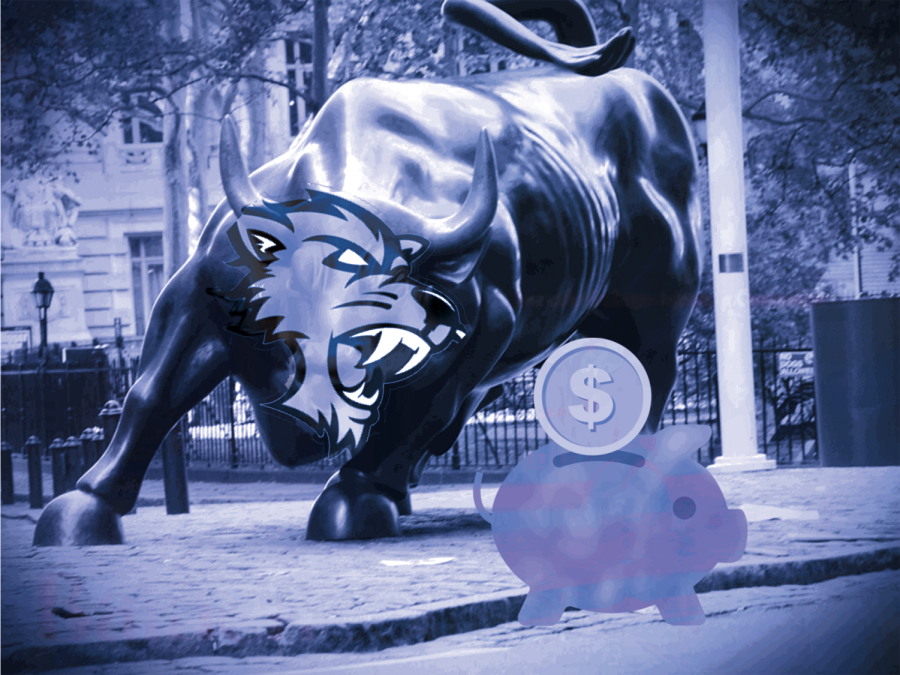Market Update 11/28/22
December 3, 2022
Markets were mixed in the week of Nov. 22 through Nov. 28, as investors weighed comments from the Federal Reserve’s minutes and COVID-19 outbreaks in China.
Stocks rose on Tuesday on a day of decreased trading volume ahead of Thanksgiving weekend. The Dow Jones Industrial Average rose 1.2%, while the Nasdaq composite and the S&P 500 each gained 1.36%.
The past two weeks were characterized by investor optimism regarding the future of interest rate increases. But recent COVID-19 breakouts and lockdowns in China threaten the growth and stability of the world’s second largest economy.
“The more negative tone out of China yesterday has only added to existing fears about a U.S.
recession over the coming months,” Jim Reid, a strategist for Deutsche Bank AG, told Morningstar.
Prolonged lockdowns in China are problematic because they threaten to exacerbate already weakening demand. Supply chain issues may also translate to even higher prices for consumers battling high inflation.
On Wednesday, the Fed released the minutes from its Nov. 2 meeting, saying that “a substantial majority of participants judged that a slowing in the pace of increase would soon be appropriate.”
This was welcoming news for markets after four consecutive rate increases of 75 basis points each. The Dow rose 0.3%, the Nasdaq gained 1% and the S&P 500 moved up 0.6%. U.S. markets were closed on Thursday for Thanksgiving.
Along with comments taken from Fed minutes, certain economic indicators — including consumer sentiment and initial jobless claims — pointed to an economic slowdown. These further suggested that the central bank is likely to shift toward less restrictive monetary policy in subsequent meetings.
“Markets are banking on this idea that central banks will have to respond to this growth slowdown. This has boosted sentiment,” Karim Chedid, an investment strategist for Blackrock Inc., told The Wall Street Journal.
Black Friday was another opportunity to gauge the resilience of consumer demand ahead of the holiday season.
While recent data has suggested that consumer spending has remained relatively strong, S&P
Global projected a decline in holiday sales volume this season for the first time in over a decade. “It was very easy in the first stage of inflation because there was this buildup of savings,” Peter Garnry, the head of equity strategy at Saxo Bank, told Morningstar. “We’ve eaten through that surplus and now we’re getting to the more difficult state of this inflation shock.”
The markets closed on Friday, with the Dow up 0.45%, while the Nasdaq and the S&P fell 0.5% and 0.03%, respectively. All three major indexes ended the week with gains.
Monday saw a turnaround as stocks slid in response to protests against lockdown in China.
Hawkish comments from Fed officials also dented investors’ hopes of a turnaround in the future. The Dow, the Nasdaq, and the S&P 500 lost 1.45%, 1.6% and 1.5%, respectively.
With the future of monetary policy now increasingly uncertain, investors will look to November’s jobs data released on Dec. 2 to assess economic outlook and ponder upcoming interest rate decisions.







